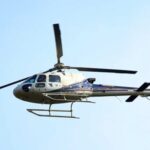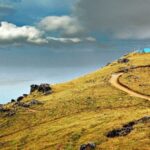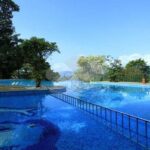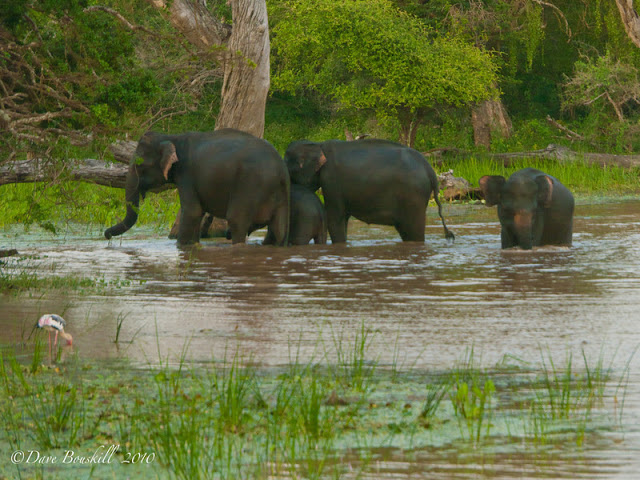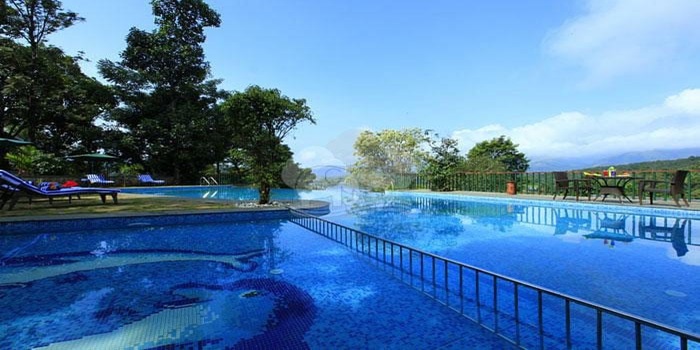Yala National Park, also known as Ruhunu National Park, stands as the most frequented and second-largest national park in Sri Lanka. Comprising five blocks, two of which are open to the public, and adjoining parks, it sits in the southeastern region spanning the Southern and Uva Provinces. Covering 979 square kilometers (378 sq mi), it lies approximately 300 kilometers (190 mi) from Colombo. Established as a wildlife sanctuary in 1900 and later designated a national park in 1938 alongside Wilpattu, Yala is renowned for its diverse array of wildlife, playing a crucial role in conserving Sri Lankan Elephants and aquatic birds. It constitutes the largest cluster of protected areas in the country, boasting a myriad of ecosystems including Moist Monsoon Forests, Dry Monsoon Forests, Semi-Deciduous Forests, Thorn forests, Grasslands, freshwater and marine wetlands, and sandy beaches, harboring numerous vital plant species and smaller animals.
The western portion of Yala (block one) holds the distinction of hosting the world’s highest concentration of leopards. Despite only housing around 35 leopards in the entire park, the chances of spotting one remain relatively slim.
Block one witnesses the highest influx of visitors due to its dense leopard population. However, other areas like Yala East had been off-limits to visitors for some time, necessitating further research on leopard numbers in those regions. Yala West features scrub jungle, brackish lagoons, and striking rock monoliths scattered throughout the park, with its eastern boundary meeting the Southeast coast. With well over thirty leopards, Yala likely boasts the highest density of these big cats anywhere globally. It’s also believed that Sri Lankan leopards constitute a distinct sub-species from their Indian counterparts and are the largest leopards in Asia.
Visitors have the option of undertaking full-day jeep safaris or splitting their day into morning and afternoon drives. The best chances of leopard sightings generally occur early in the morning and at dusk. The park permits visitors to stay until just after dark, maximizing opportunities for leopard encounters. Male leopards in Yala exhibit remarkable confidence and are often spotted traversing the tracks during the day. Particularly, young males show little fear of jeeps, offering excellent photographic opportunities. Yala shares similarities with the premier National Parks in India for photographing tigers, as in both cases, the big cats have grown accustomed to jeeps, affording privileged views of these magnificent animals.
Yala also hosts a substantial elephant population, alongside Spotted deer, Sambar, Wild buffalo, Sloth bear, Jackal, Mongoose, Pangolins, and Crocodiles. The birdlife boasts over 120 species, ranging from Lesser Flamingos to Paradise Flycatchers, Crested Hawk Eagles, and Black Bitterns. Surrounding the park are several other captivating birding locations, including the ancient hermitage of Sithulpahuwa, Debarawewa wetland, and Palatupana saltpans. The coastline serves as a significant nesting ground for marine turtles. The drier season, falling between May and August, prompts the park’s closure for a brief period in September and October.
For more information, please contact us at: ops@virtuelp.com


